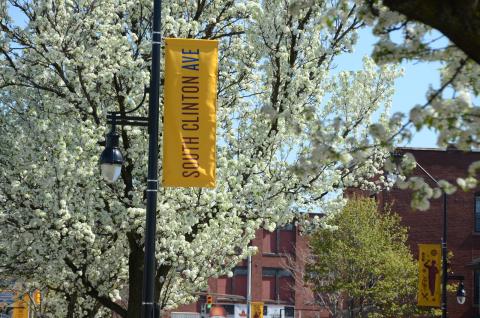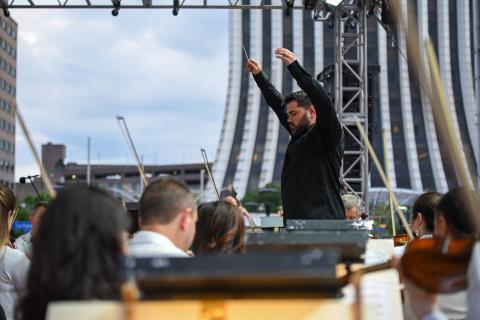Cross Contamination and Backflow
Keeping Your Water Clean and Safe
Every day the City of Rochester supplies an average of 22 million gallons of drinking water to its customers. Before being delivered to your home or business, your water undergoes careful treatment and numerous tests to ensure high quality. The City of Rochester is proud to provide high quality water that is in conformance with all federal and state standards. Our Water Bureau has demonstrated a commitment to excellence through its participation in programs such as the American Water Works Association’s Partnership for Safe Water, which sets the industry standard for excellence.
Protecting the Water Supply
The Rochester Water Bureau protects the water that enters a home or business. Protecting water from cross contamination is the property owner’s responsibility after it enters the property. To protect the public water supply from cross connections with water on the customer’s premises, a backflow prevention device is installed by the customer immediately after the water meter. Customers can protect their own plumbing system from potentially hazardous cross connections by installing a backflow prevention device at the point of use—at the garden hose connection, for example.
Backflow
Backflow occurs when the water in your pipes flows backward. There are two situations that can cause the water to backflow:
- Backpressure - the pressure in your pipes is greater than the pressure coming in.
- Backsiphonage - negative pressure in one of the pipes.
To protect the City’s water system, containment backflow prevention devices are required for customers who present a potential hazard to the City water system.
Fire protection systems, irrigation systems, gasoline refineries and stations, restaurants, hospitals and factories are just a few of the sources that could possibly add pollutants or contaminants to the drinking water system.
Cross Connections
Backflow prevention devices can prevent cross connections. A cross-connection is a point in a plumbing system where it is possible for a nonpotable substance to come into contact with the potable drinking water supply. It is a connection between your drinking water and another source of water that combines the two when a backflow condition occurs. When this occurs, drinking water can become contaminated.
Avoid the following activities that can create a cross connection:
- Pushing a garden hose down a backed up drain to flush out debris.
- Connecting a garden hose to a plant fertilizer or bug spray unit.
- Submerging a garden hose in a swimming pool to fill it.
- Submerging a garden hose in a pet’s water bowl or in a fish tank.
More than half of all cross connections involve unprotected garden hoses.
Regulations
The Safe Drinking Water Act was established to protect people from contaminants in drinking water. This Act requires water systems to ensure that distribution mains are protected from contaminants by requiring that backflow prevention devices are installed at water service connection locations that could have hazardous materials in contact with their piping. New York State code requires that containment-backflow prevention assemblies are tested annually. For the safety of its public water supply, the City diligently ensures that homes and businesses are in compliance with cross-connection/backflow requirements.
For more information on protecting your water, contact the City’s Backflow Prevention Inspector at (585) 428-6070.






